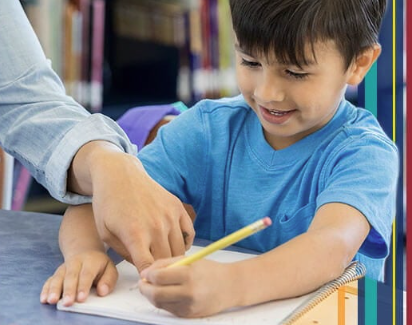Introduction
Every student processes information in their own unique way. Some may learn best through visuals, others through hands-on activities, and still others through listening or reading. Tailoring lessons to align with individual learning styles not only boosts understanding but also increases student engagement and confidence. By applying inclusive teaching strategies, educators can create lessons that resonate with a wide range of learners.
1. Identifying Learning Styles
The first step is to understand the different learning styles students may exhibit. Common categories include visual (seeing), auditory (hearing), kinesthetic (doing), and reading/writing preferences. Teachers can use surveys, observations, or simple activities to discover how each student learns best.
2. Using Multi-Modal Instruction
One effective strategy is to incorporate multiple modes of instruction into each lesson. For example, a science lesson might include a visual diagram, a hands-on experiment, an oral explanation, and a written summary. This approach ensures that all students can access the material in a way that suits them.
3. Differentiating Assignments and Activities
Offer students a choice in how they demonstrate understanding. For instance, they might create a video, write a report, draw a poster, or perform a skit. This flexibility allows students to use their strengths and feel more connected to the learning process.
4. Grouping Students Strategically
When organizing group work, consider mixing learning styles to encourage peer teaching. A student strong in verbal expression can pair with someone who excels in drawing or building. These collaborative experiences often deepen understanding for all involved.
5. Providing Personalized Feedback
Feedback should be tailored to how students receive and process information. Visual learners might benefit from annotated examples, while auditory learners may respond better to one-on-one conversations. Personalized feedback helps reinforce learning in a meaningful way.
6. Reflecting and Adjusting
Regularly assess how well lesson adaptations are working. Student reflections, performance data, and informal check-ins can guide ongoing improvements. Adjusting lessons based on student feedback shows responsiveness and enhances classroom effectiveness.
Conclusion
Tailoring lessons to individual learning styles helps create a more inclusive and engaging classroom. By recognizing and valuing how each student learns, educators can boost participation, understanding, and academic growth. With thoughtful planning and flexible strategies, teaching becomes more effective—and learning becomes more rewarding for every student.














